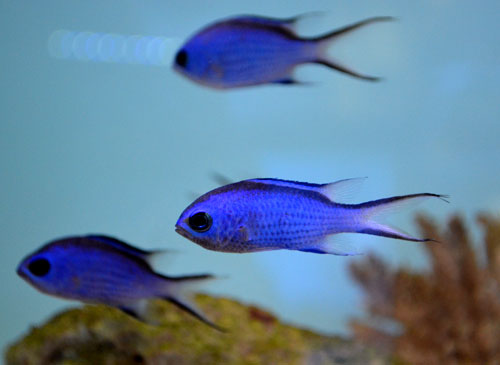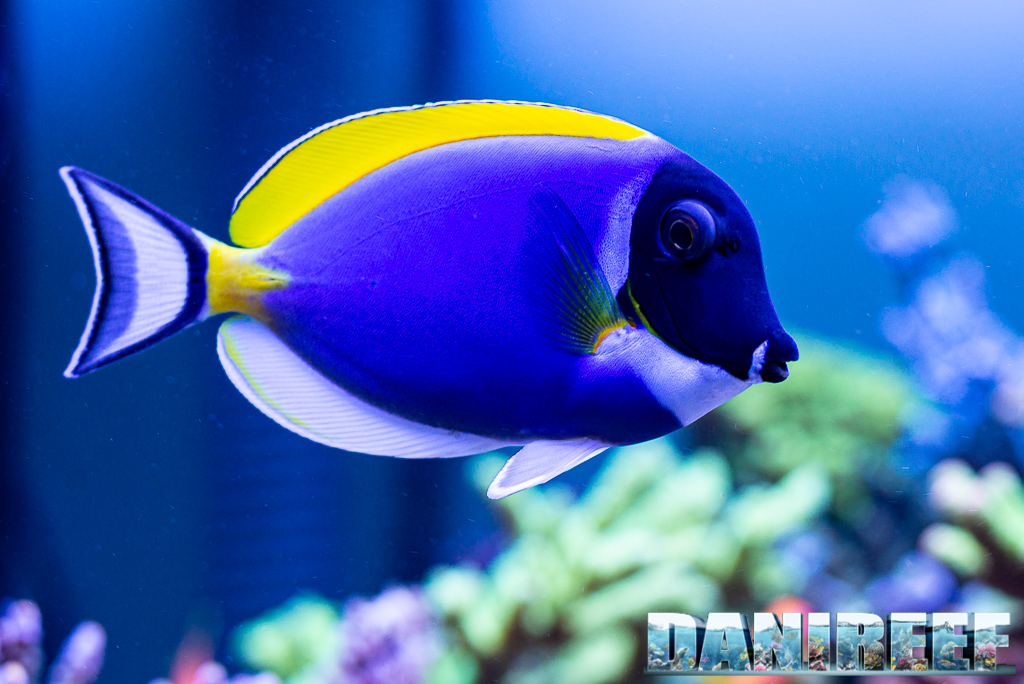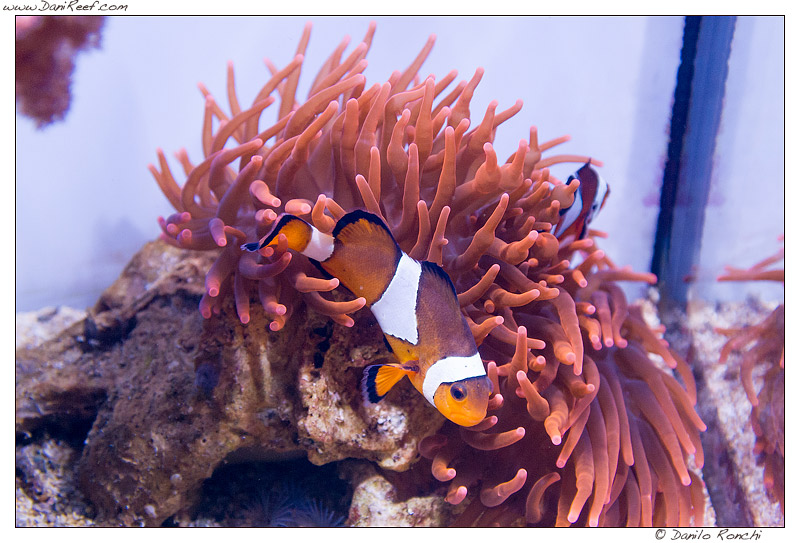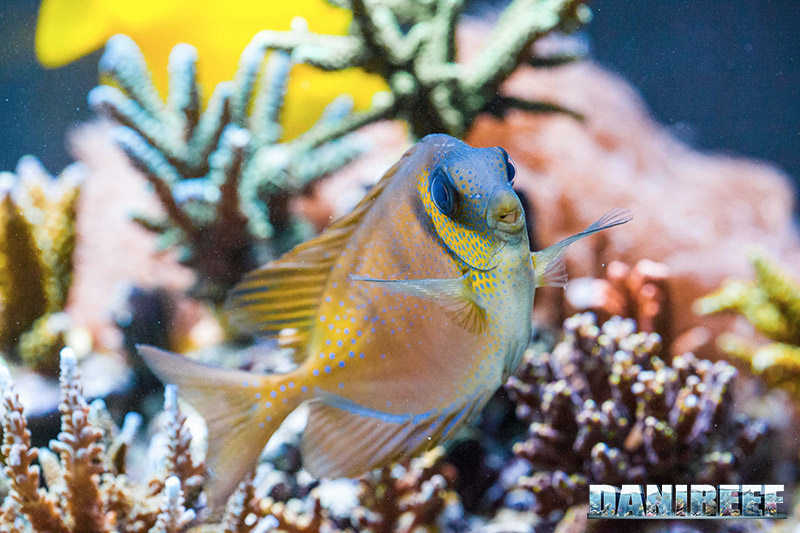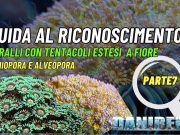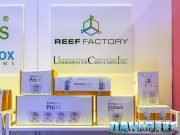 At the end of 2016, the lead aquarist Monika Schmück of the New England Aquarium in Boston, Massachusetts, has been able to captive breed a very popular marine fish species, which you probably had in your tank at some point: the blue reef Chromis, Chromis cyanea.
At the end of 2016, the lead aquarist Monika Schmück of the New England Aquarium in Boston, Massachusetts, has been able to captive breed a very popular marine fish species, which you probably had in your tank at some point: the blue reef Chromis, Chromis cyanea. ![]() Qui l’articolo in italiano.
Qui l’articolo in italiano.
In a very detailed article she wrote herself explained the whole process it took her to get her first fully developed Chromis cyanea.
The initiative has started as this species is present with a large number of individuals in their aquarium exhibits, with their ocean tank holding a school of 100.
Monica and her team set up a 2000L system for 20 individuals to live in and show their reproductive behaviour. They made sure they had plenty of room, many hiding spots and visual barriers to reduce aggressive behaviour and provide territory. Another very important feature of their new tank was the appropriate substrate, the fine CaribSea Aragonite Flamingo Reef Sand. Here, as the right lighting and temperature conditions were set, the little Chromis have started to laid their eggs, leaving as a trace of deposition small clumps of sand.
Monica also started observing the courting behaviour of these fishes, when the male blue colour becomes more intense and the individual also try to persuade the female with a specific swimming pattern.
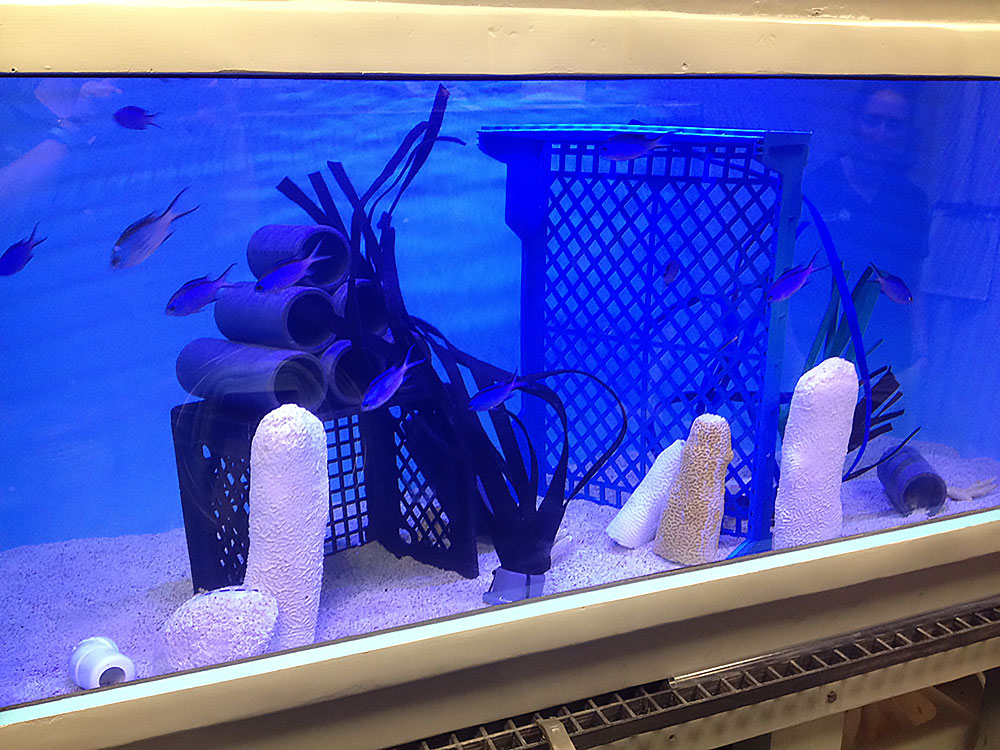
The eggs laid in the sand where carefully removed and placed in a rearing system, at the time of their hatching the tiny larvae were fed with a variety of zooplankton (rotifers) which was itself fed with phytoplankton. After many hatching resulted in 100% mortality, one particular stock started developing their pelvic fins after their second week of growth.
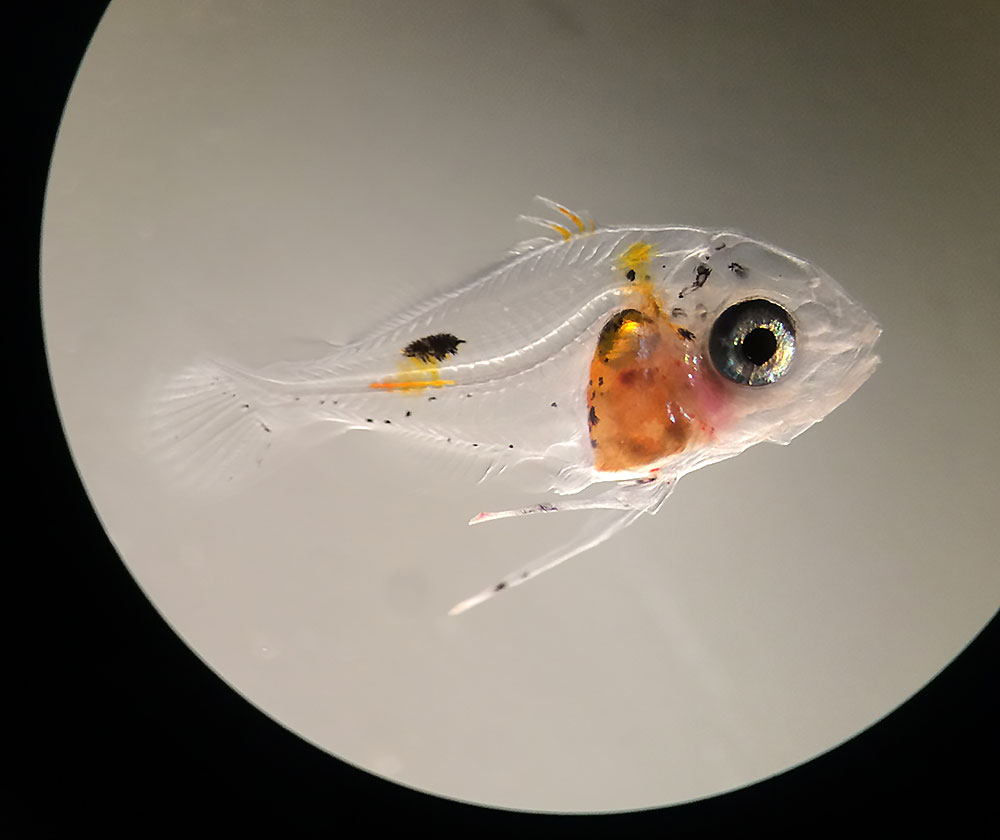
Unfortunately the mortality rate was still high, but out of all the larvae, 4 of them made past the final metamorphosis!
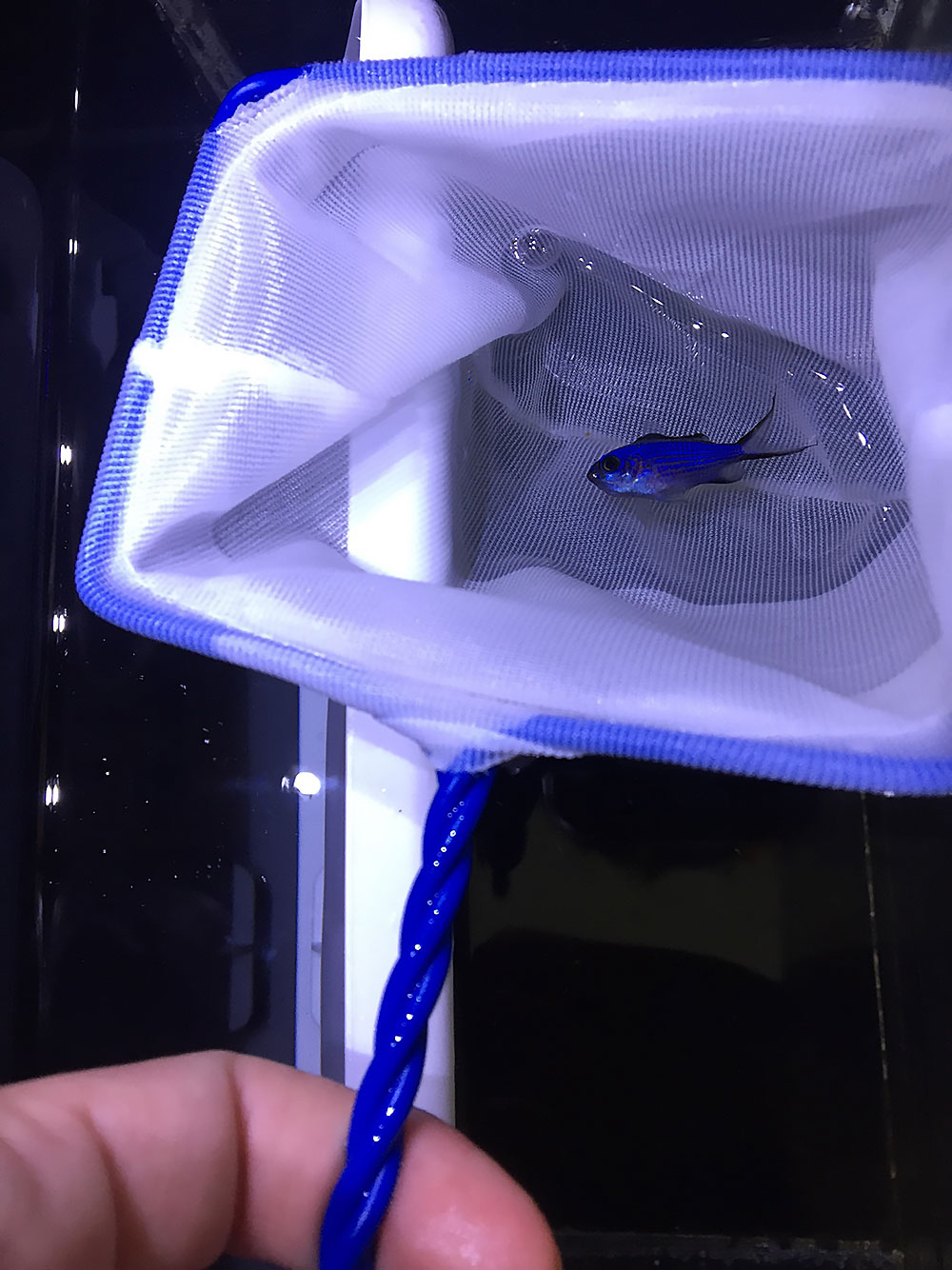
Being the first time this fish has been captive bred, this is a huge success and we wish the lead Aquarist of NEAq and her team to keep up the good work!
We all hope to reduce the quantity of fishes that are taken directly from reefs for our exhibits. Initiatives like this are vital for public aquariums as well as for marine aquarium hobbyist who want a more sustainable tank!
If you want to know more details about Chromys cyanea breeding, you can find the original article here.






